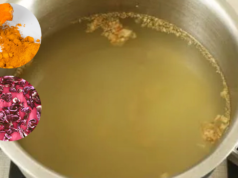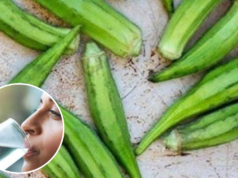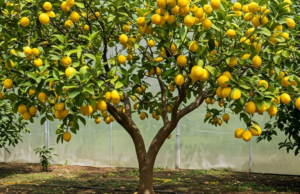How to Grow Anise at Home: A Simple Guide for Beginners and Experienced Gardeners
Anise (Pimpinella anisum), with its distinct licorice-like flavor and aroma, is a cherished spice in many kitchens worldwide. Whether used in savory dishes, desserts, or beverages, fresh anise can elevate your culinary creations. Growing it at home, especially in containers, gives you access to an endless supply of aromatic seeds and fresh leaves. Plus, anise plants feature lovely star-shaped flowers that add beauty to any space. If you’re eager to bring this wonderful herb into your home, here’s a simple guide to get started.
🌱 Step 1: Choose the Right Container
Size Matters: Select a container that’s at least 12 inches deep to accommodate anise’s deep taproots. Depth is key for healthy growth.
Drainage: Ensure the container has several drainage holes to prevent waterlogging and root rot, which can harm the plant.
🌿 Step 2: Use Quality Soil
Well-Draining Mix: Use a well-draining potting mix, avoiding garden soil as it may harbor pests or diseases.
Nutrient Boost: Consider mixing in slow-release fertilizer or compost to provide nutrients over time for optimal growth.
🌸 Step 3: Sowing Seeds
Direct Sowing: Plant anise seeds directly into the container, burying them about 1/4 inch deep.
Spacing: Space the seeds approximately 10 inches apart to give each plant enough room to grow.
Watering: After sowing, water gently to settle the soil around the seeds.
☀️ Step 4: Sunlight and Watering
Sunshine: Anise plants need at least 6 hours of sunlight per day to thrive, so place your container in a sunny spot.
Consistent Moisture: Keep the soil consistently moist but not soggy. Allow the top inch of soil to dry out before watering again.
🧹 Step 5: Maintenance and Care
Pest Control: Watch for pests like aphids or spider mites. Use organic pesticides if needed.
Thinning: As your plants grow, thin out seedlings that are too crowded, leaving the strongest to continue growing.
🌾 Step 6: Harvesting
Harvest Time: Anise plants are ready for harvest when the seeds turn grayish-brown and the flowers mature.
Cut and Dry: Cut the flower heads off and let them dry in a warm, ventilated space.
Extract the Seeds: Once dried, shake or rub the flower heads to release the seeds.
By following these easy steps, you can grow your own anise plants in containers and enjoy the fresh, vibrant flavor it adds to your dishes. With minimal care and attention, your anise plants will thrive, giving you a bountiful supply of seeds and fresh leaves. Happy gardening!







![Easy Thai Sweet Chili Tofu [Vegan]](https://homemestic.com/wp-content/uploads/2024/07/Sweet-Chili-Tofu-square-featured-100x75.jpg)

